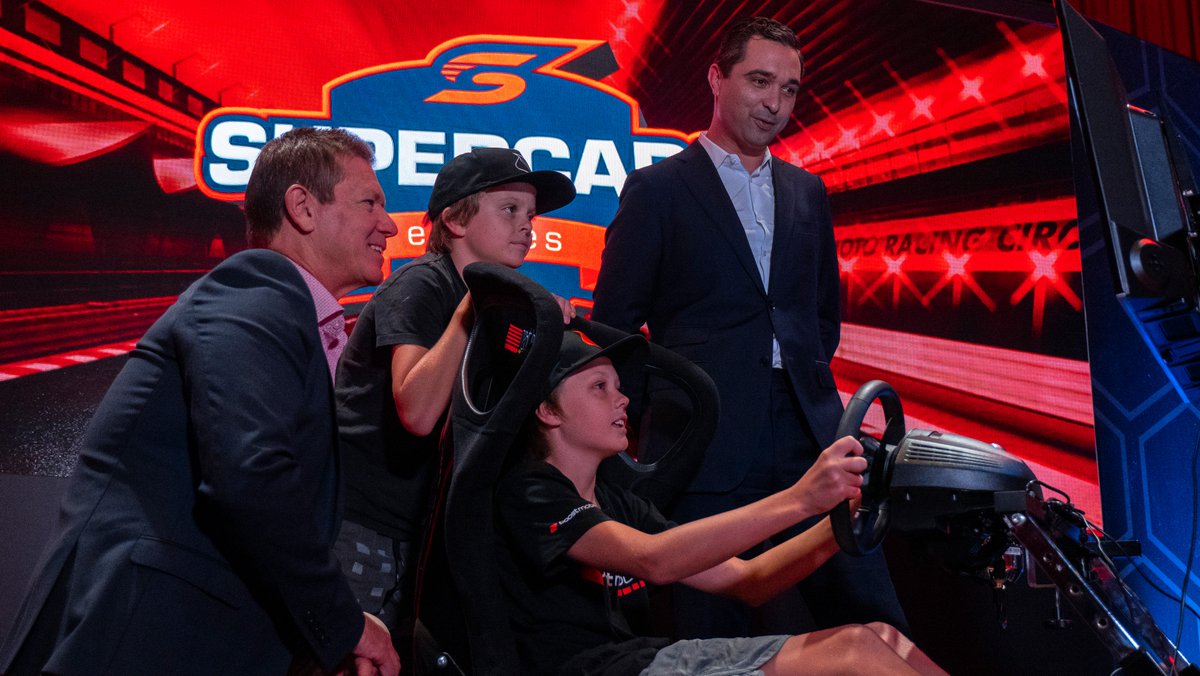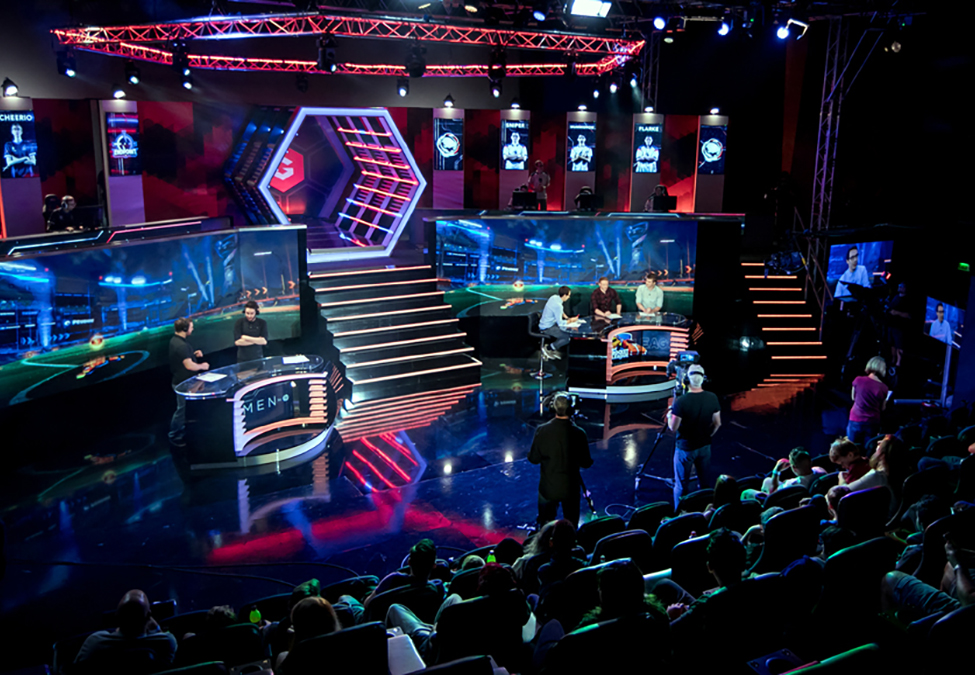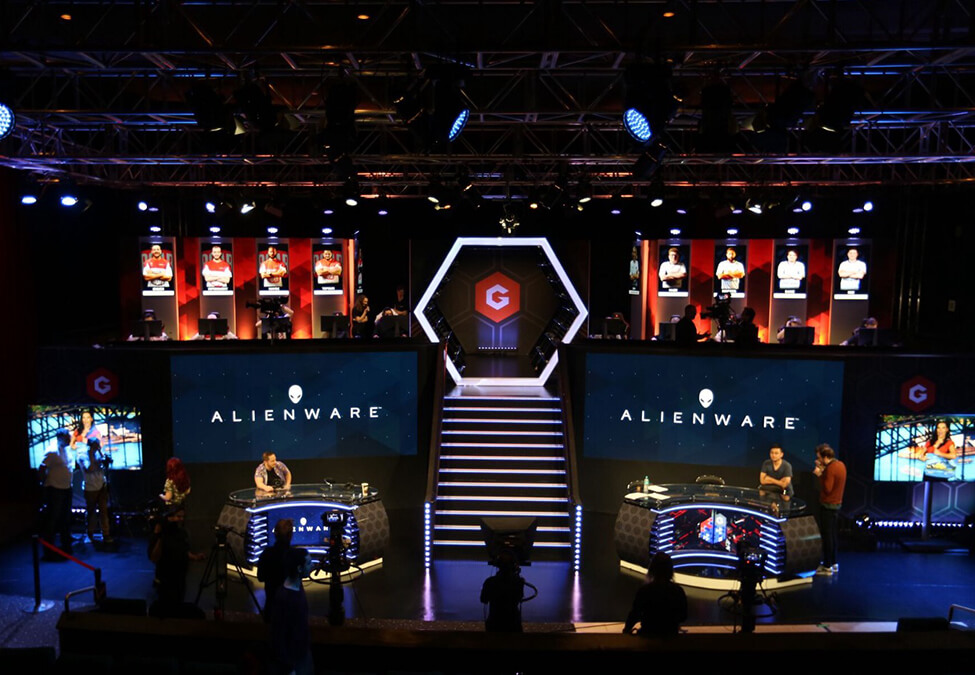In August, it was announced that esports event organiser Gfinity Esports Australia will cease operations this November following the conclusion of the Supercars Eseries. Despite a number of successes in the Australian market, major investor HT&E made the decision to pull the plug to instead focus on their radio and audio business.
For Dominic Remond, CEO of Gfinity Esports Australia, the venture broke serious ground in terms of exposing Australian viewers to what esports can offer, as well as introducing non-endemic brands in the region to the industry.
In a recent interview with Seamus Byrne of the Australian Financial Review, Remond noted that while HT&E’s shift in business focus is an obvious motivation behind the decision, the closure highlights some of the challenges facing esports ventures in the Australian market. Most notably that “brands and agencies still don’t understand esports to the level they possibly should, but that’s because the data isn’t rich enough yet to help them make decisions about their marketing spend.”
With this in mind, Esports Insider spoke with Remond to pick his brain on Gfinity Australia’s journey, the kind of rich data that brands and agencies are looking for, and what other organisations can learn for the future.

Esports Insider: With Gfinity Australia closing its doors at the conclusion of the Supercars Eseries in late November, what do you think were the organisation’s biggest successes?
Dominic Remond: The commercial partnerships we delivered for the Season 1 and 2 of the Elite Series were the biggest for local Australian esports. We were able to secure Free To Air (FTA) broadcast of our Rocket League portion of the Elite Series on Network Ten, exposing esports to a whole new audience. We produced over 200 hours of high-quality content from our purpose-built Esports Arena at Hoyts Entertainment Quarter.
We introduced new, non-endemic brands to esports including Dare Ice Coffee, Shannon’s, and Incent. We generated record viewers for Australian esports content during the Elite Series and Rocket League Oceanic Masters. We offered a clear pathway for the community, through our Challenger Series and draft, to compete against professional players in front of a live audience and millions of online views.
“Grossed up numbers sound impressive, but they do not often tell the full story.”
ESI: In your conversation with the AFR, you mentioned that streaming platforms like Twitch don’t have the rich and sophisticated data needed to generate commercial partnerships. What kinds of data are potential partners looking for and why?
Dominic: We were able to share number of views, average view times, and country-based views on Twitch, which is a solid foundation. However, brands and agencies compare this to the data they receive from traditional sponsorship and media buys and that is the shortcoming. Basic demographic data, media valuation data, and qualitative data about the audience would significantly enhance the sales process and give partners the confidence required to make a commitment to a relatively new medium.
We were able to generate additional data from simultaneous broadcasts of Twitch, Facebook, and FTA TV and insights using the database we built. This was still less robust than the broader competitive media landscape.

ESI: How do you think Twitch can better produce the kind of data that matters to potential partners?
Dominic: It would be great if they could share more demographic insights into their audience, though not having to sign up to watch is an obvious barrier. It is also important to understand the difference between unique and overall views. Being transparent about which country the viewership is originating from is important for determining commercial and media value. Grossed up numbers sound impressive, but they do not often tell the full story. It is as much about the broadcasters being transparent with the data as well.
“There are excellent opportunities in the market, although a longer-term view on investment and return is required.”
ESI: What do you think other organisations can learn from Gfinity Australia’s journey?
DR: There are excellent opportunities in the market, although a longer-term view on investment and return is required. We received great support from our shareholders and it was a decision based on renewed priorities that is leading to our closure. It is important to be realistic about the market, be factual and open, work with publishers to grow audiences for their games, and have a sound governance framework, for players, the community, and employees.

ESI: Once Gfinity shuts up shop, will you be looking for something new in the Australian esports space? Will there be a return to cricket?
DR: I have learnt a lot about the industry in my time leading Gfinity Esports Australia. This knowledge, combined with my experience in the traditional sports and entertainment industries, places me in a unique position to assist businesses in the area and provide fact-based, insight-driven solutions. Hopefully, opportunities will arise in both the domestic and international markets.

